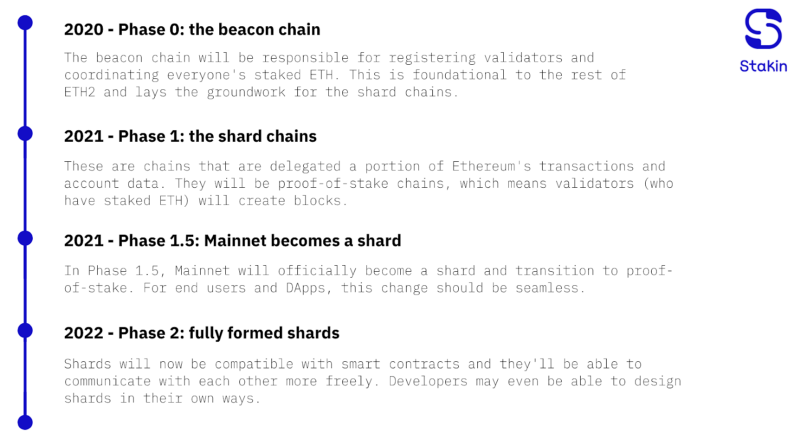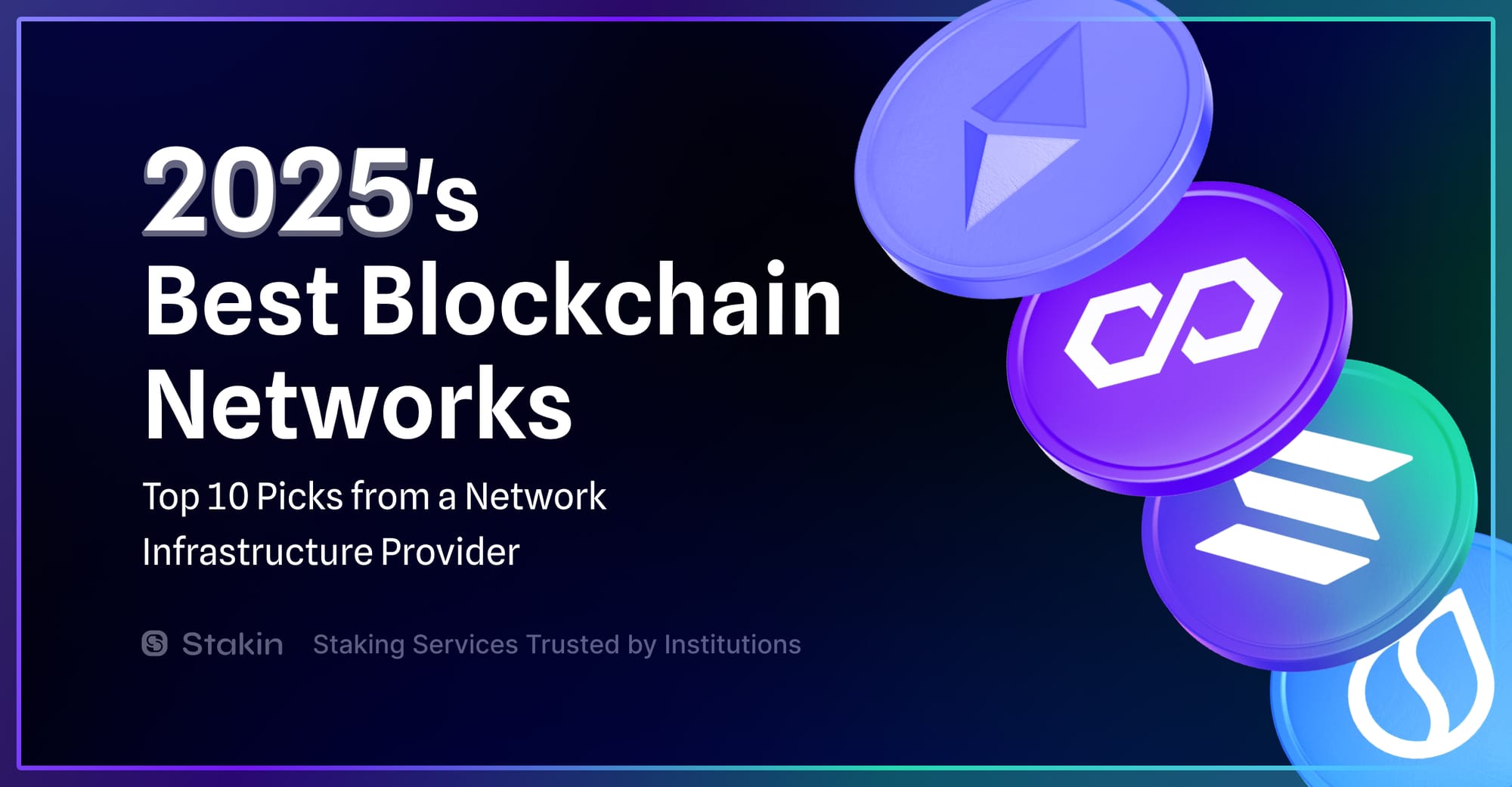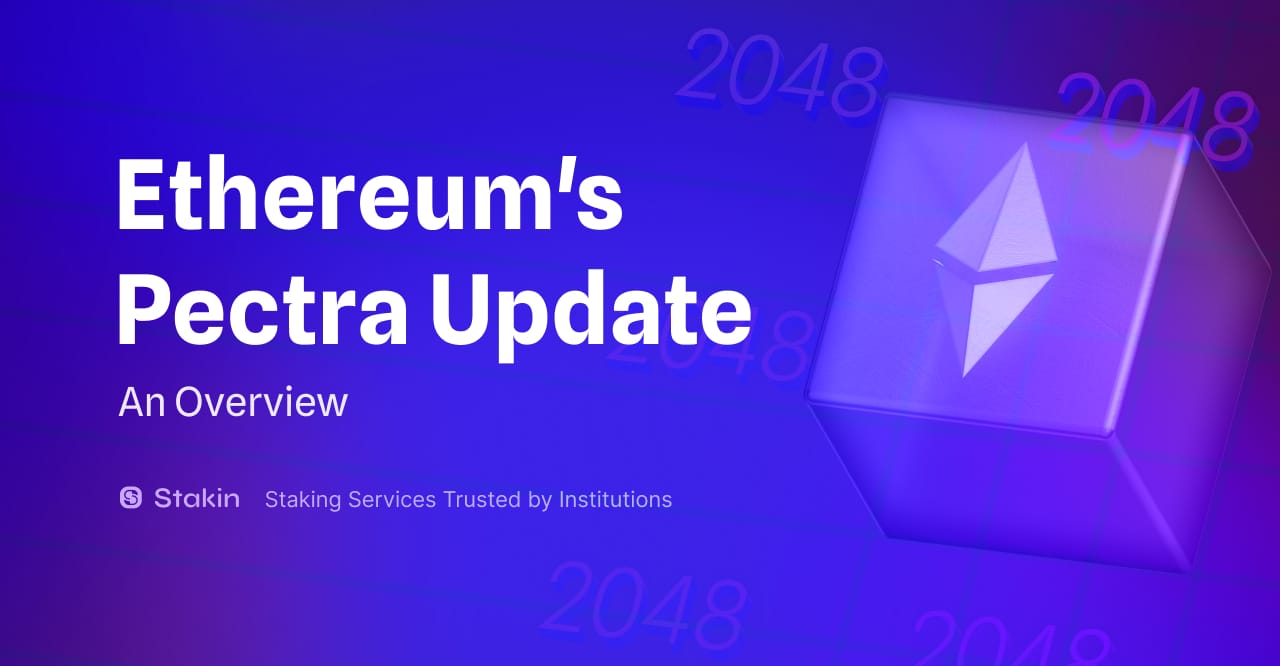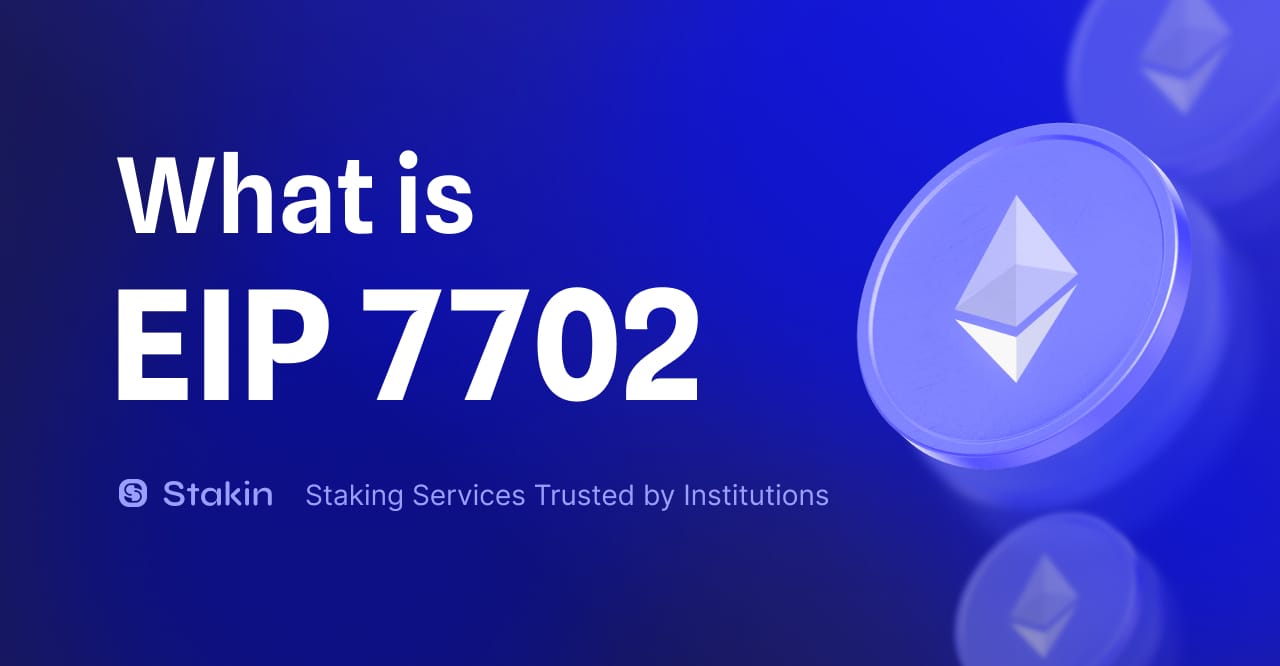It has been long-anticipated, and we are still awaiting the launch of Ethereum 2.0 or ETH2. This long-planned upgrade to the Ethereum network is said to give it the scalability and security it needs to serve all of humanity—yes, we know, a rather ambitious goal.
The first stage of ETH2, Phase 0 (zero), has been rescheduled but is currently planned to launch sometime in 2020. That said, Ethereum 2.0 should be more energy-efficient and, therefore, a planet-friendly network that will allow more transactions and increase security. We’re talking about it today because, technically speaking, Ethereum will become a proof-of-stake blockchain and introduce shard chains.
So, before we discuss ETH2 in detail, let’s examine the “hype” surrounding it.
The hype around Ethereum
As we discussed above, Ethereum is the world’s second-most-capitalized cryptocurrency and is set for some significant changes. The network is known for its flexible, dynamic, and robust blockchain ecosystem.
For those familiar with decentralized finance (DeFi), you’re probably aware that Ethereum has the most DApps built on its ecosystem. The network was first launched in July 2015 and has undergone multiple selected feature updates in recent years. You’re probably wondering how this makes Ethereum different from any other blockchain network, as they all undergo updates regularly.
Ether (ETH), Ethereum's native digital asset, is the second-largest asset globally, but it can only process 15 transactions per second. In contrast, ICON’s native asset, $ICX, does around 9,000 transactions per second. Ether has some catching up to do. But that’s not all gas use, and limits create a free market where people often compete for transactions and smart contracts to be processed quickly by paying higher prices.
In September 2019, the network increased the gas use limit, but that came with a heavy toll as it extended an already large blockchain. Ethereum archive nodes are on track to hit 5,000 GB by the end of 2020, according to Decrypt.
That makes the Ethereum chain, which is younger than Bitcoin, almost as resource-intensive in disk space as Bitcoin. The issues are only getting worse with the rapid expansion of the DeFi ecosystem. So, all these reasons suggest it is essential for Ethereum to upgrade to a more sustainable ecosystem model.
The differences between Ethereum 1.0 and 2.0
Let’s look at the main differences between Ethereum 1.0 and 2.0. The expected update centers on two mechanisms the current network lacks: proof-of-stake and Sharding (Shard Chains).
Currently, the Ethereum network is built on a Proof-of-Work (PoW) mechanism, a consensus algorithm that rewards miners who expend computational energy solving mathematical problems to propose new blocks. With PoW, your chances of receiving block rewards are a function of how much computational energy (power) you can produce.
PoW is a well-known and popular implementation across many networks such as Litecoin, Dogecoin, Bitcoin itself, and many more. These networks' main reason for the mechanism is to prevent attacks and ensure the power to decide is decentralized.
We have already discussed the downside of this consensus mechanism, which requires too much energy. Additionally, it leaves the network open to a majority attack where 51% of Ethereum miners can collude the network’s decisions and events, such as processing transactions, amongst many others. This already happened on Ethereum Classic.
You may also be interested in:
- How to Delegate to an Eigenlayer Operator
- Everything You Need to Know About the Ethereum Dencun Update
Furthermore, after the introduction of smart contracts, users of the Ethereum network found several issues. First, it has to do with the performance and scalability; at the moment, it works efficiently when handling transactions or activities such as block mining in small numbers, but when those numbers increase, the network is simply unable to process and handle the transactions.
However, there is no easy fix to this problem. The principles of the decentralized network in which Smart Contracts are governed to ensure that each transaction is verified by all the nodes existent in the network.
Now that’s where Ethereum 2.0 should come in with Proof-of-Stake (PoS), with validators selected to stake amounts of ETH on the network to function as a node to verify blocks. The factors that affect a validator selection will be randomized. As with all PoS networks, each validator will get rewarded with the transaction fees involved in the block they verify. The transition to ETH2.0 will require potential validators to stake a minimum of 32 ETH on the network to be eligible for selection.
That solves the issues of the 51% attack and energy wastage as a result of mining. More participants will access the Ethereum network and run nodes as the PoS mechanism makes it more convenient and cheaper because it doesn’t need any massive facilities. It is also unlikely that validators will create a 51% majority since they will need to have skin in the game in order to validate, and being ETH holders, won’t have an interest in seeing the network crash.
A second solution is sharding; Ethereum 2.0 will introduce Shard Chains that allow a single Ethereum blockchain to be split up into multiple chains for verification by various nodes simultaneously.
The Beacon chain
The essence of the new ETH2 will be the Beacon Chain; this new blockchain can initially coordinate up to 64 shard chains. The Beacon Chain manages the new Ethereum's “Casper” Proof-of-Stake protocol. It notes validators and their stakes, randomly selects block validators, and assigns them to a random shard chain.
The validators of ETH2 vote by PoS with their cons and “certificates”. As soon as a block of the shard chain has collected enough certificates, it can receive a crosslink on the beacon chain. Then the block will be finalized, meaning it is no longer possible to undo it. It now offers the same security as a block on the Beacon chain, which is the main chain.
Ethereum Staking
To incentivize those who already have an ETH stake in the Ethereum Network, validators will be rewarded for performing their assigned duties. Every couple of minutes, a validator is given a responsibility and is rewarded when completed. The reward is a sliding scale based on the total network stake. So, if the total ETH staked is low, the return rate per validator increases, but as the stake rises, the total annual issuance increases to fund those validators. At the same time, they individually receive fewer rewards.
According to the Ethereum 2.0 Economics website, these are the factors that can decrease the total issuance amount:
- Validators going offline — combining the individuals and collective penalties, every one percent of validators offline will cut the total issuance by 3%. If more than 33% ever go offline at once, it will lead to finality leaking, which will incur extra penalties for offline validators
- Slashed Validators — which might not happen that often in practice, will also affect the total issuance
- Transaction fees being burned
Closing thoughts
Ethereum 2.0 will not roll out all at once. Instead, it is expected to be rolled out in six phases. The image below illustrates the first two phases, as, after that, an actual roadmap isn’t created yet. At some point during these phases, ETH1 is expected to die. Whether this should happen as planned or whether ETH2 should replace the old blockchain, because all the ethers and users have migrated step by step, is unknown.

DISCLAIMER: This is not financial advice. Staking, delegation, and cryptocurrencies involve a high degree of risk, and there is always the possibility of loss, including the loss of all staked digital assets. Additionally, delegators are at risk of slashing in case of security or liveness faults on some protocols. We advise you to do your due diligence before choosing a validator.



